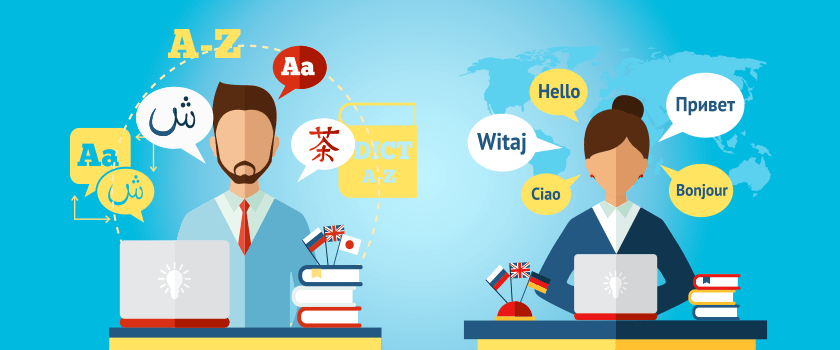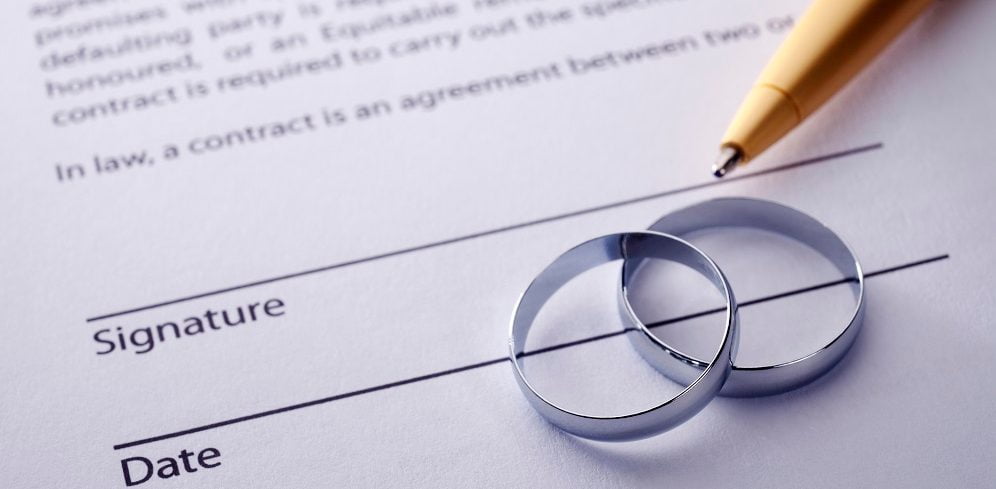In the current era of digital-driven economy, e-commerce websites have transformed to be the marketplace destination of choice among customers around the globe. The Gulf region and mostly countries like the UAE, Saudi Arabia and Qatar have become one of the rapidly increasing online shopping hubs. Due to the presence of various expatriates and the local population who are becoming more and more digital aware, language is a very important factor that influences online buying behaviour. The three most pertinent languages in the Gulf e-commerce sector are German, English and Arabic. It is important to learn how product listings can be translated to these languages thus creating trust, enhancing user experience and increasing sales.
Why Translation is Imperative in Gulf E-commerce
The Gulf region is unique in terms of language used especially when compared to other regions where most people speak one single language. The official language of the region is Arabic, whereas English is the most common language of business and trade. Meanwhile, the colonies with a large expatriate population (mostly Europe especially Germany) contribute to multilingualism. Consequently, websites that target the Gulf with e-commerce opportunities cannot simply translate, but rather consider cultural specifics, expectations of buyers and linguistic peculiarities.
Translating product listings correctly is not only extremely important as a marketing contingency, but the focal point of consumer trust. A customer who is shopping online will be less likely to make a purchase when he/she encounters unclear product descriptions written in poor translations. Compared to this, localized and well-ordered listings allow the shopper to feel recognized, appreciated and certain in their purchase. This is directly converted into improved conversion and brand loyalty.
The universal bridge language in English
English is the most important language of business and communication of the Gulf. Shopping online Avatars used by South Asians, Europeans and Americans abroad are taking comfort in a common language which is English. That is why the dominant number of the major e-commerce resources in the region–as Amazon.ae or Noon, follow English by default.
The process of translating into English is not as easy as direct dictionary senses. The customers of the Gulf audience are fluent English speakers as well as non-native with varying English language proficiencies. In the case of listing products, it implies that language should be kept simple, pure and devoid of jargon. Too-technical words and terminology or references that are culturally or grammatically foreign may seem to isolate non-native speakers.
As an example a German company specialising in appliances moving to the UAE will not find it advisable to use very thick wording when translating product specifics in English. They ought to concentrate more on clarity and readability and make the features as understandable as possible even to both native and non-native speakers. English, then, being a bridge language and present in the Gulf e-commerce marketplace, will require that the language be simplified and made adjustable.
Arabic: The language of Bonding and of Trust
The Arabic language has a huge culture and emotional baggage within the Gulf. Although most consumers have no qualms with shopping in English, listing the products both in English and Arabic language can increase the credibility and trust of that brand to the consumers. Actually, consumers will trust a brand more to be trustworthy and convenient when it delivers perfect Arabic translations.
Writing in Arabic also has its hard times. The language is very subtle and with dialects varying regionally the Arab world. The Gulf region utilizes mainly Gulf Arabic, yet as far as e-commerce is concerned, Modern Standard Arabic (MSA) is the best bet because it is widely known.
Not only should brands be cautious about literal translation, brands also need to be aware of cultural sensitivities. Some words or product descriptions which may appear to be attractive in English may make no sense in Arabic unless localised properly. An example is beauty and fashion products that have to be tailored carefully to suit the culture of modesty. What is more, the Arabic language reads right to the left and this complicates the design and layout of websites. It takes more than translation of words to create a seamless Arabic-speaking shopping experience but rather the Arabization of the interface and as such, it should feel natural to the Arabic speaker.
German: Preciseness and Detail to a Niche Market
Although German is not as prevalent as English or Arabic in the Gulf, it is a great deal relevant to some consumer groups. The Gulf harbors a stately proportion of Germans on expatriation, especially the professionals, engineers and medical experts. What is more, Gulf shoppers tend to combine German products (at least cars, appliances, and machinery) with high quality and reliability.
German-language product listings, thus, have a two-fold purpose. On the one hand, they make German-speaking expatriates shop fearlessly. On the one hand, they support the image of German goods among local Arabic or English –speaking customers, even though they do not learn German at all. As we have seen, a company that deals with the sale of German kitchen appliances may opt to add German besides English and Arabic in an attempt to showcase authenticity and precision.
German translations have to stick to the characteristics of the German language that is clear and detail-oriented though. German consumers basically require very accurate and technically correct descriptions. The translation may be literal or badly performed, and this will challenge the quality perception. The presence of even symbolic German-language listings also emphasises the premium positioning of a shop perceived by Gulf shoppers reacting to the German crafted quality of a product.
Preparing a Multilingual Strategy Three Languages As multilingual as Possible
The real difficulty of e-commerce sites on the Gulf is not limited to translating into English, Arabic and German alone, but how to tie all these together in an effective manner. This needs a multilingual strategy that takes into account audience segmentation, culture and user experience.
To most platforms, English is the global default as it accommodates the greatest number of shoppers. Arabic should then be listed as a localization variant in order to reach out to native speakers and gain cultural credibility. Addressing niche customers, German also contributes to the brand image and the segment of products. The principle is in the similarity, the buyers should not be provided with contradictions between languages. All translations have to correspond in terms of accuracy, product details as well as branding tone.
Another challenge that comes into the fray here is technology. A range of online stores is also utilising AI-based translators to make their business practices more efficient. Nonetheless, the scale of human consultation is needed, especially when it comes to Arabic and German, as the cultural context and fine points of language could not be reflected by computerized means only. The most successful e-commerce companies in the Gulf are the ones which utilise technology alongside human professionals to meet a scaling without compromising on the quality.
Conclusion: language is the key that opens the door of E-Commerce success in the Gulf.
Languages in the competitive and fragmented e-commerce ecosystem of the Gulf become much more than communication; they are the key to establishment of consumer trust and consumer loyalty. The English language is accessible and universal, Arabic is also connected and cultural, and German is precise and helps to keep the perceptions of quality. It is the brands that invest the time and the resources into accurate and, most importantly, relevant translation of their product listing across the three languages that stand a better chance of capturing the attention of shoppers in the Gulf region, to make them move beyond browsing, and buy. This will help them establish long-term loyalty.
As the Gulf e-commerce market continues to expand, the need for multilingual approaches would only increase in strength. Companies that embrace the concept of language diversity in the contemporary business environment will be those at the forefront of a digital marketplace in the future.


